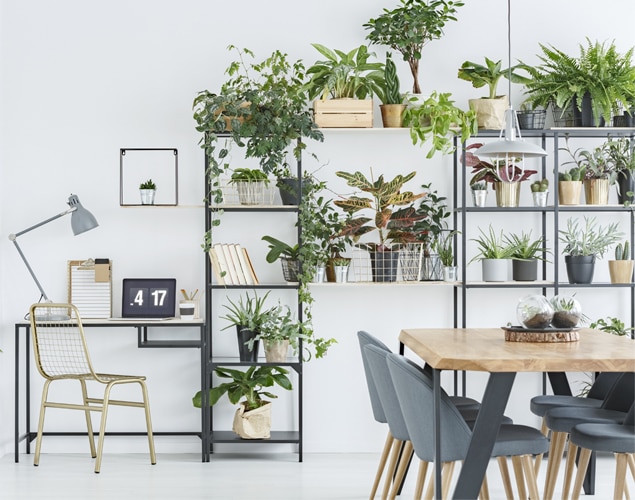
Office Space Design Trends to Boost Wellbeing
We are witnessing a revolution in the places and spaces where we work and gather professionally. Our shift in culture has brought about significant changes to the office environment and our expectations have adjusted to require healthy, safe and green surroundings to live and work within.
Let’s take a look at three defining office space design elements that are transforming our relationship with the workplace:
Biophilic Design: Long gone are the days of the monochromatic dull grey that once dominated the workplace. The concept of biophilia, our innate connection to nature, has now been adopted as common sense. The focus has shifted to our inter-connectedness as we are designing our spaces with health-conscious filtration systems and environmentally sourced materials. Responsible design has come to be known as implementing oxygen-producing, mood enhancing plants, as well as other circadian elements such as adjustable lighting design.
Designated Quiet Space: Today’s world is not only face-paced and interactive on many platforms, but the pandemic has led us to value our health like never before. We have become acutely aware of life’s stressors and therefore rely on serene space to calm the nerves and reset our system. We instinctively understand that plants contribute to our wellbeing. Privacy pods are being designed as spaces that allow for sensory breaks using sound absorbing materials and textiles that soften the space and the positivity of plants to support of peace of mind.
Flexible Workspaces: With the current trend of hybrid commuting, the workplace has never needed to be more flexible. Restructuring our concept of the office has called for adaptability, exhibited by modular and collaborative furniture that can adapt to the changing needs of the day. Plant partitions and green wall panels are being used on a castor system so that they too can be incorporated as moveable elements as this new fluid office environment.
